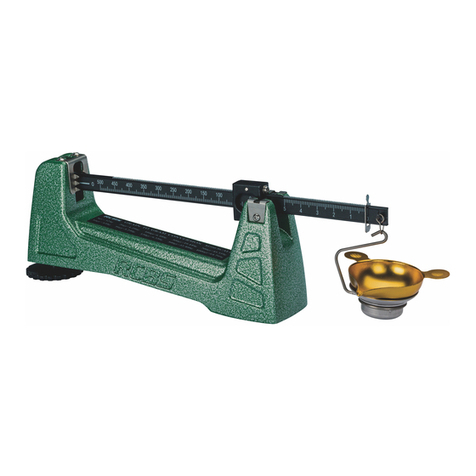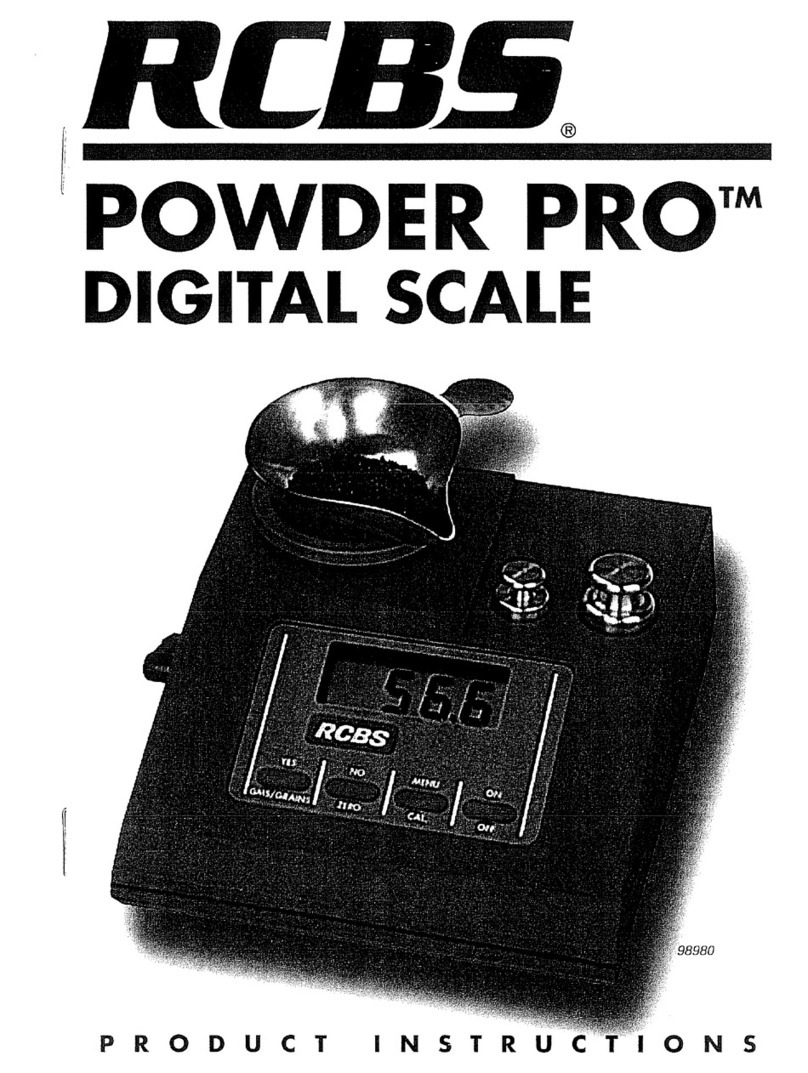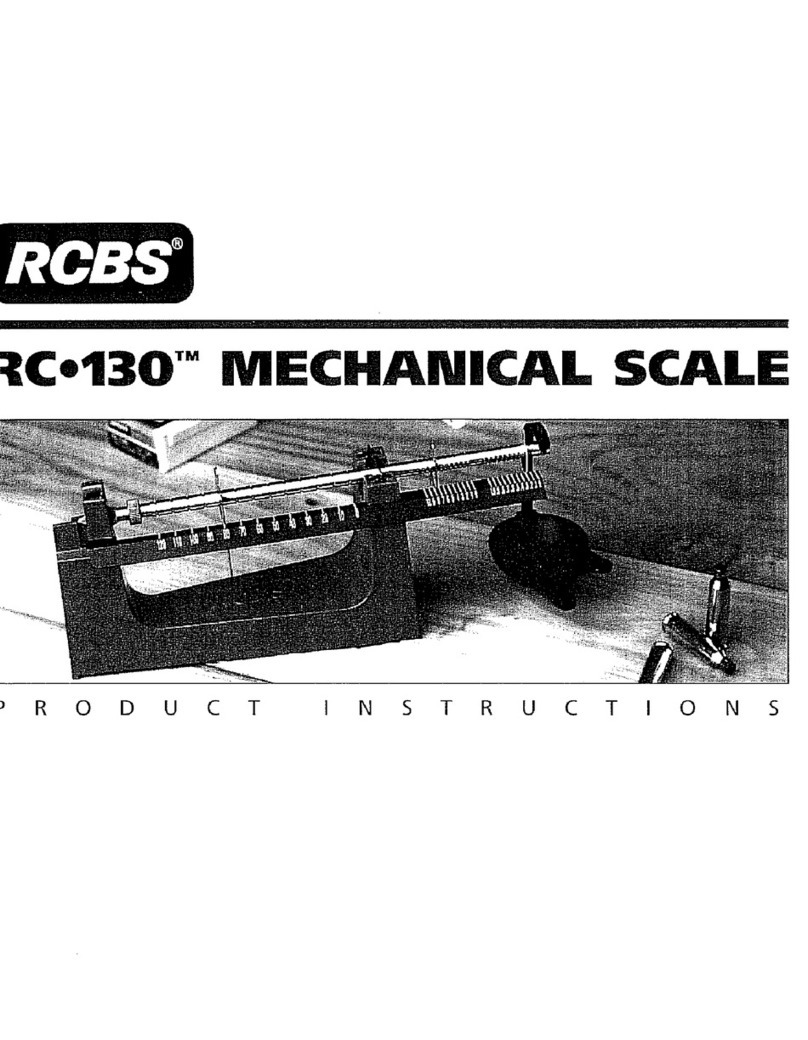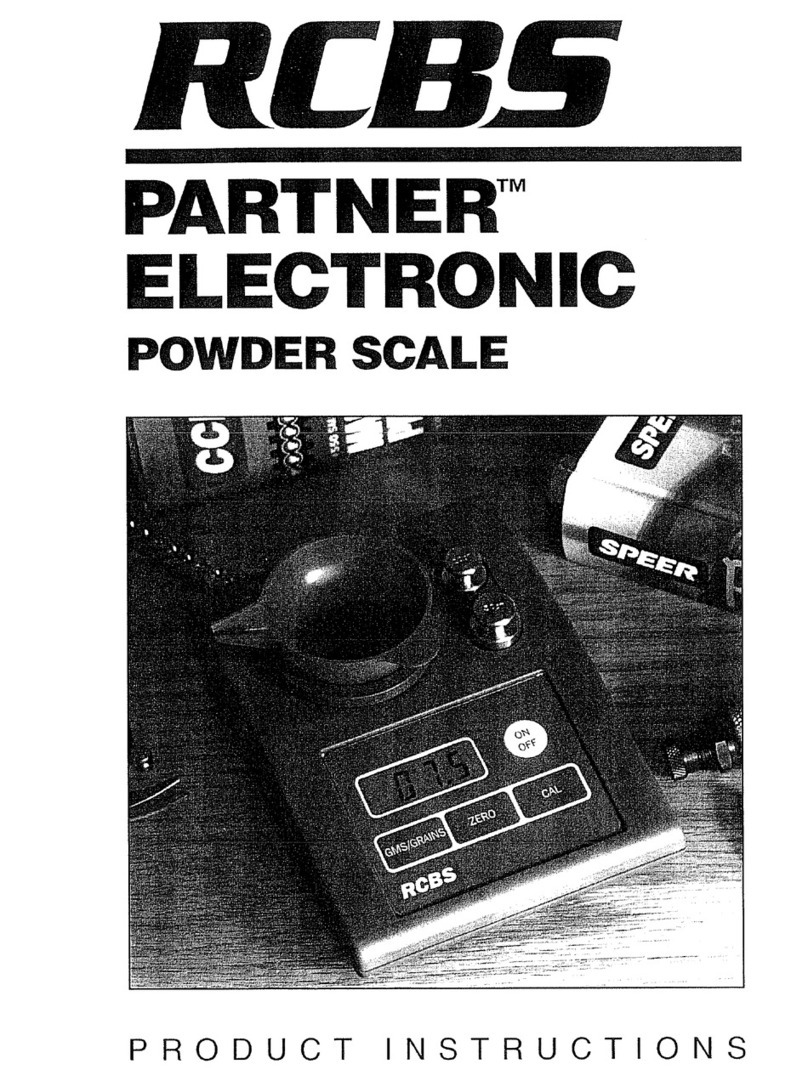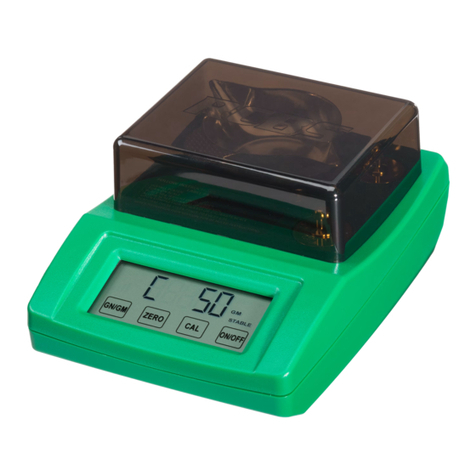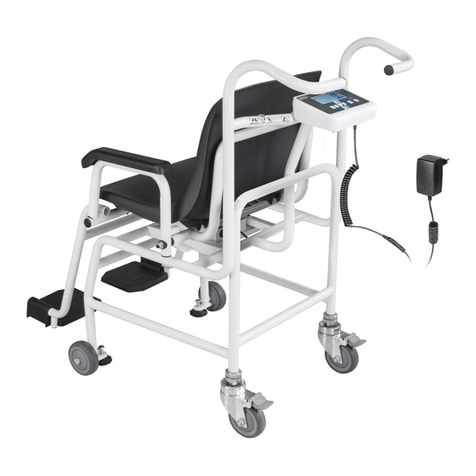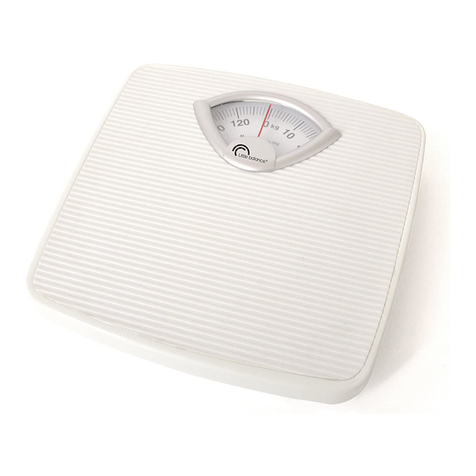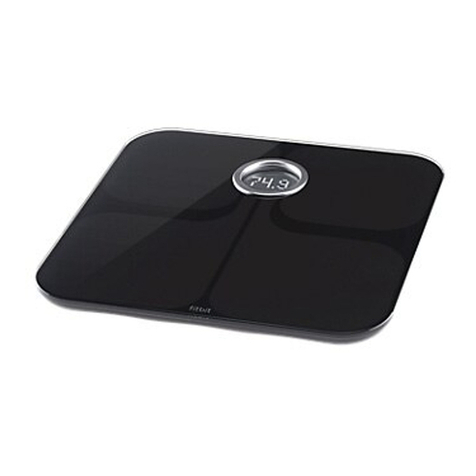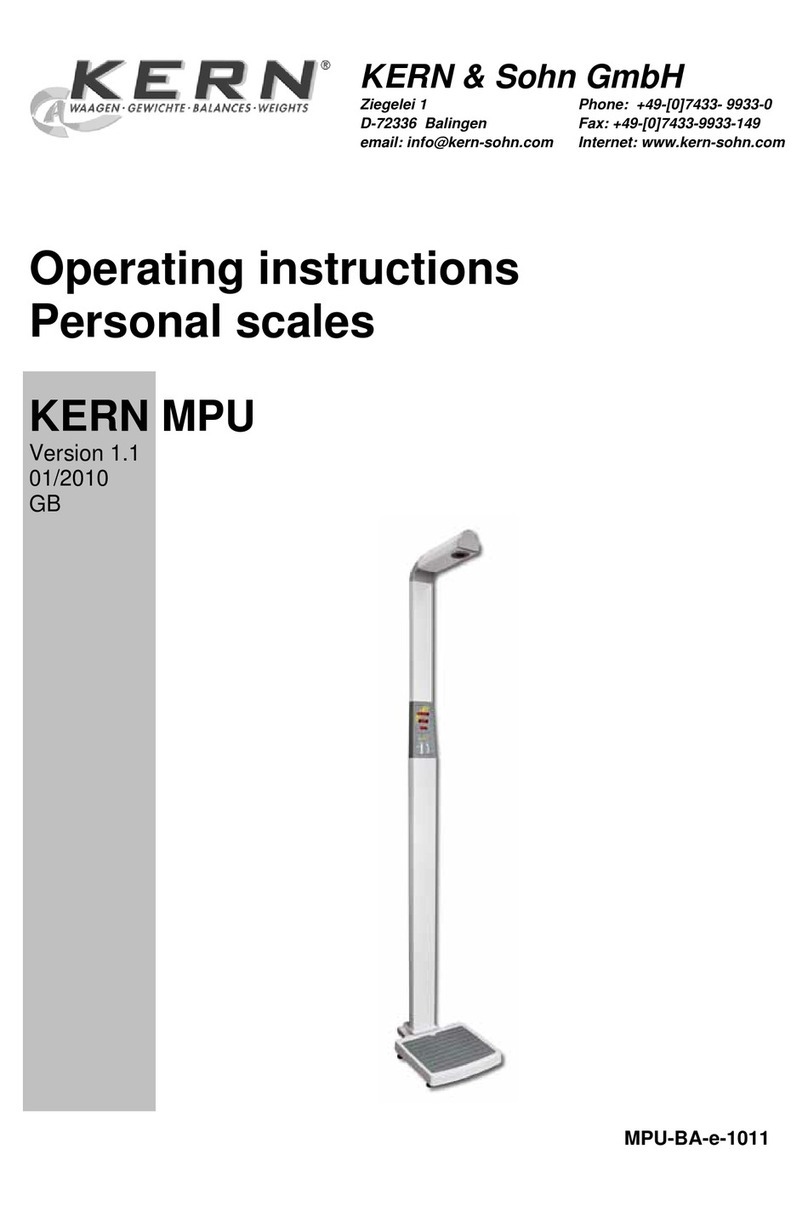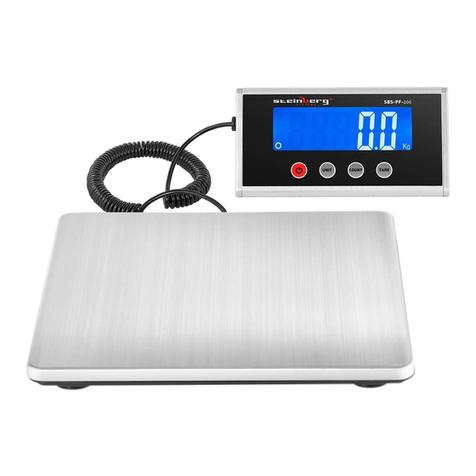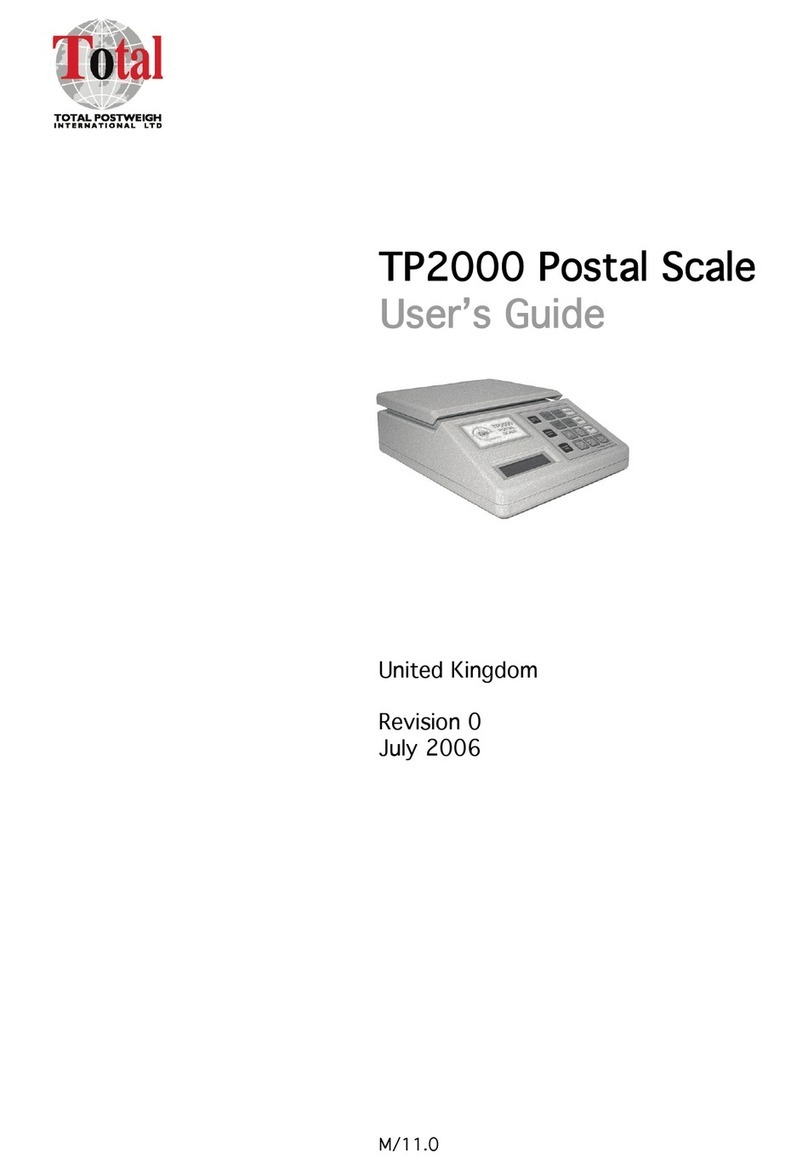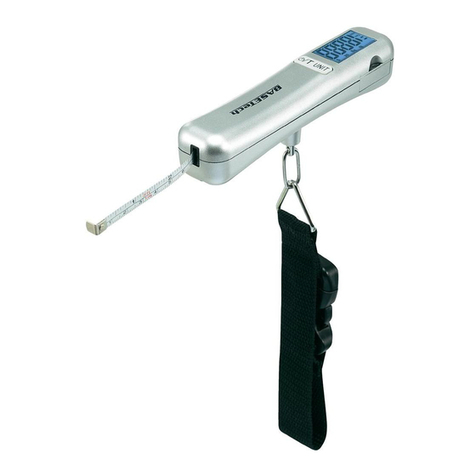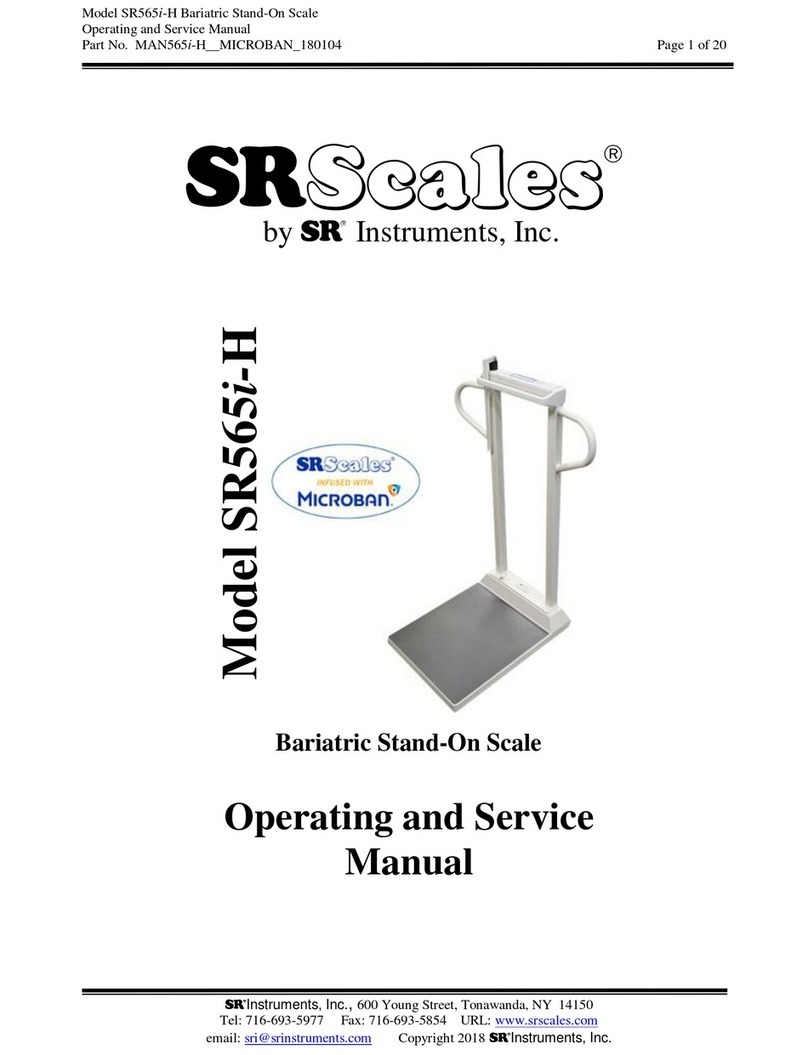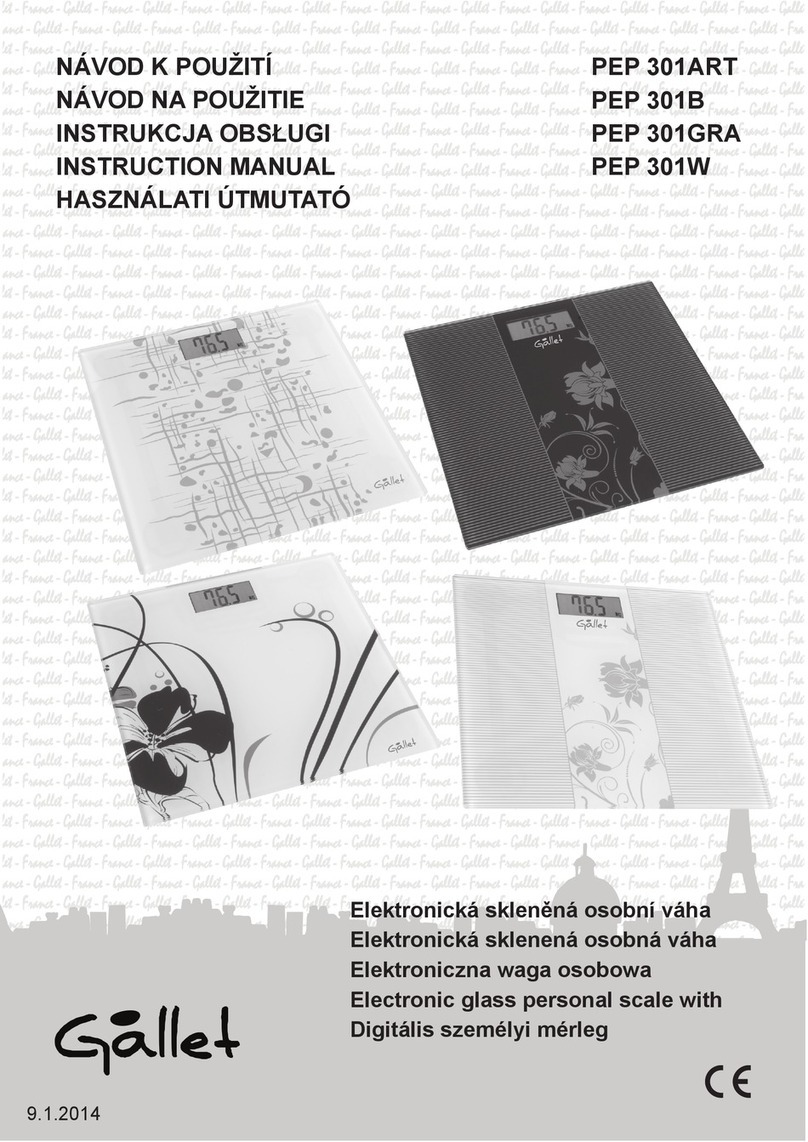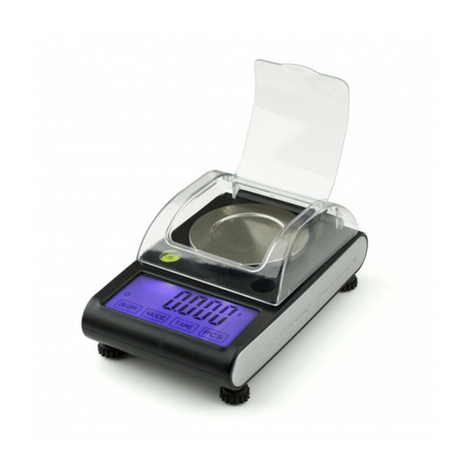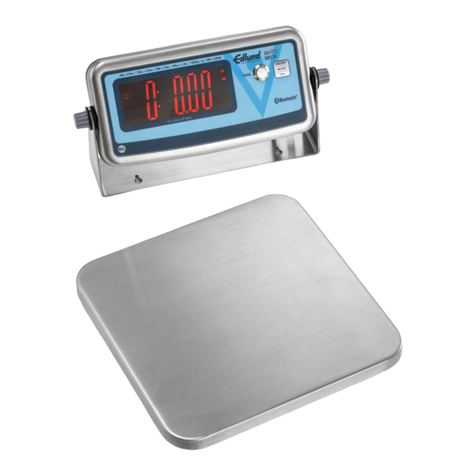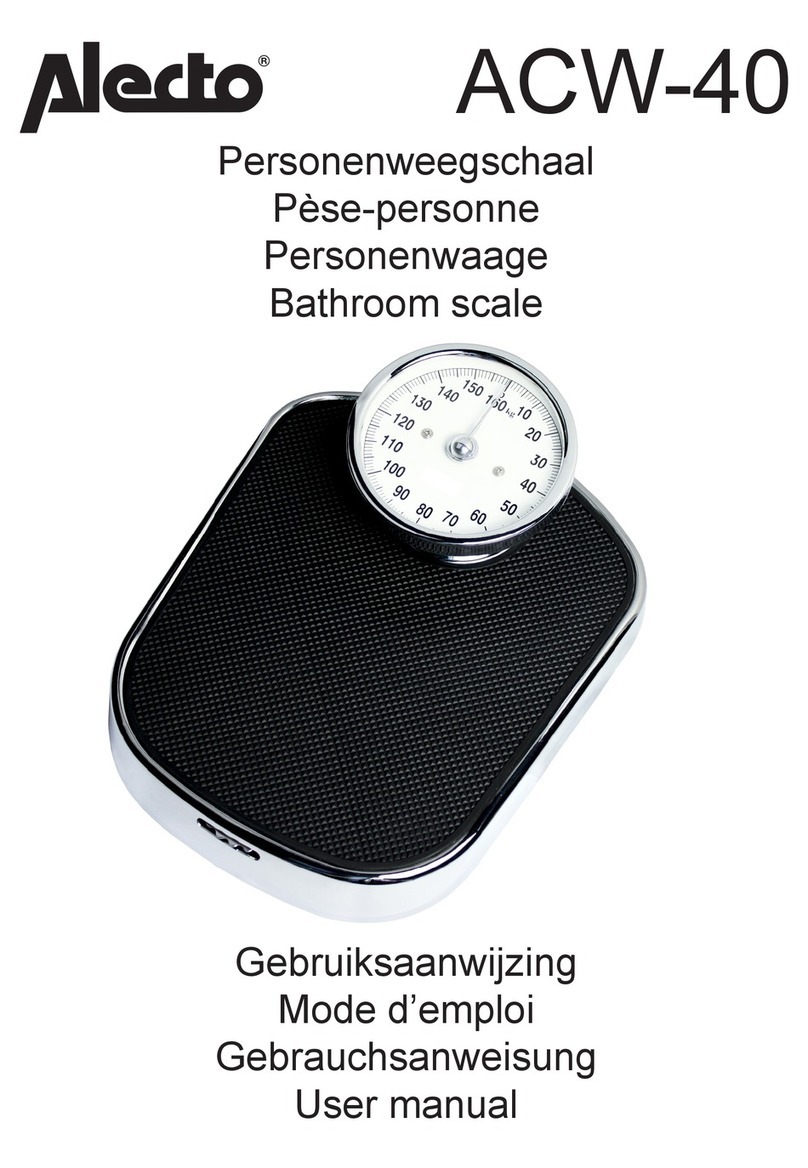GUNPOWDER WARNINGS
WARNING! Keep out of reach of children
• Store powders in their original package in a cool, dry environment free from wide temperature
variations.
• Keep cans tightly sealed and labels intact.
• Markdateofpurchaseoncan,forfuturereference.Useolderstockrst.
• Never use glass as a storage container. This may cause a “greenhouse effect” raising temperature
in container and degrade the powder.
• Checkcansandpowderforsignsofdegradation.Manypowderswillexhibitanered-browndust
on the granules and/ or inside the container when this happens. If it does, do not use propellant;
dispose of it properly in compliance with local regulations.
• DO NOT have more than one can of powder on the bench at one time. Powder Cans should be
stored away from the bench to avoid picking up the wrong one.
• DONOTuseanypowderunlessitsidentityispositivelyknown.Theonlypositiveidenticationis
the manufacturer’s label on the original canister. Properly discard all mixed powders and those of
uncertain identity in compliance with local regulations.
• If you use a powder measure, replace the lids on both the Powder Hopper and Powder Can after
thePowderHopperhasbeenlled.
• When using a Powder Measure, settle the powder in the Powder Hopper before charging any
cases. Throw and check the weight of at least ten (10) charges. This will assure you that the
correct powder charge is being thrown.
• Whenyounishareloadingsession,pouranyremainingpowderbackintoitsoriginalfactory
container. This will preserve the identity and shelf life of the powder.
• DO NOT smoke while reloading.
-
mation on how to reload, or handle or use reloading components. Always read and thoroughly
understand a reloading manual before attempting to reload ammunition.
Reloading is an enjoyable and rewarding hobby when conducted safely. But, as with many hobbies,
carelessness or negligence can make reloading hazardous. When
reloading, always follow these safety guidelines to minimize the risk of personal injury or death.
• Always wear safety glasses.
• Understand what you are doing and why. Read handbooks and manuals on reloading. Talk to
experienced reloaders. Write or call suppliers of equipment or components if you have questions
or are in doubt.
• Read and understand all warnings and instructions accompanying your equipment and
components. If you do not have written instructions, request a copy from the manufacturer. Keep
instructions for future reference.
• Don’t rush or take short cuts. Establish a routine and follow it at a leisurely pace.
• Keep complete records of reloads. Label each box showing the date produced, and the type of
primer, powder and bullet used.
• Donotsmokewhilereloading,orreloadnearsourcesofheat,sparksorame.
• Observe good housekeeping in the reloading area. Keep tools and components neat, clean and
orderly. Promptly and completely clean up any spills.
• Keepyourhandsandngersawayfrom“danger”spotsandpinch-pointswheretheymightbe
injured.
• Keep all reloading equipment and components out of reach of children.
• Stay alert. Reload only when you can give your undivided attention. Do not reload when tired, ill,
rushedorundertheinuenceofdrugsoralcohol.
Because RCBS®has no control over the choice, assembly or use of components or other reloading
equipment, RCBS assumes no liability, expressed or implied, for the use of ammunition reloaded
with this product.
2

